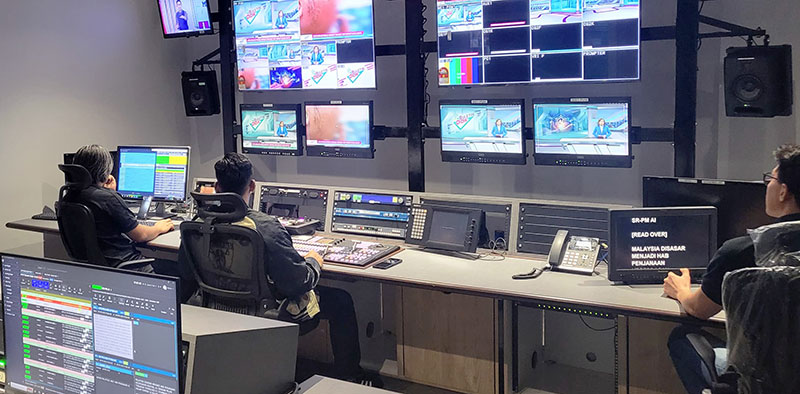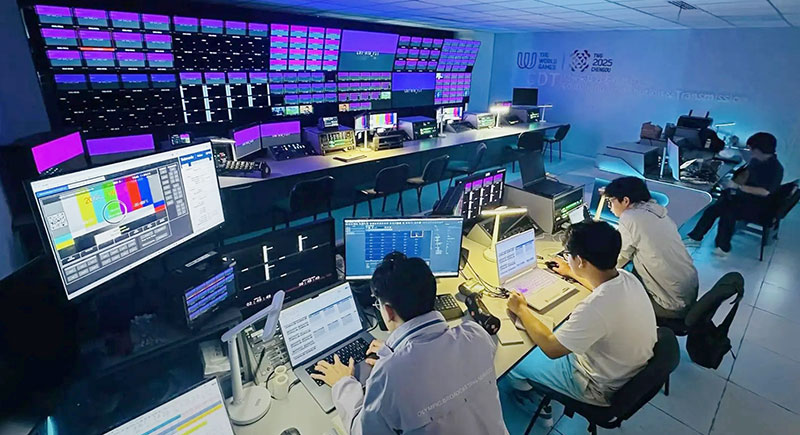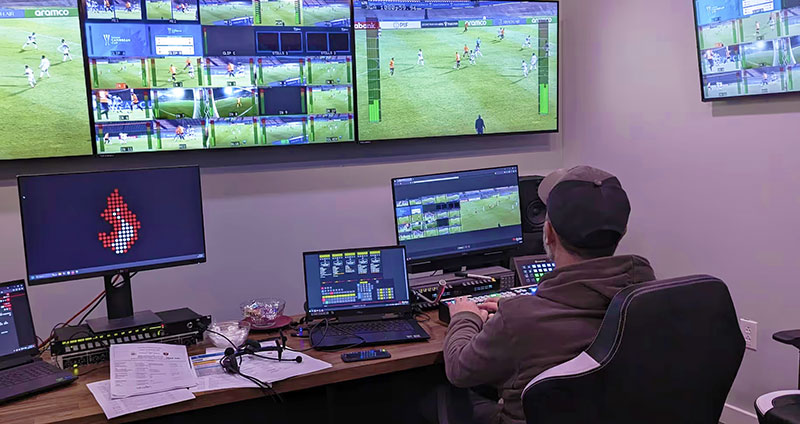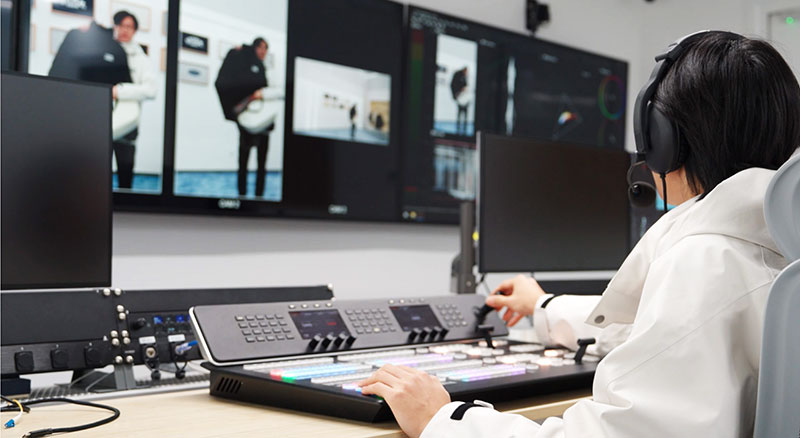For today’s broadcasters, the choice between deploying services on-premises or in the cloud is a critical decision. Imagine’s Andy Warman talks about key factors in striking the right balance.
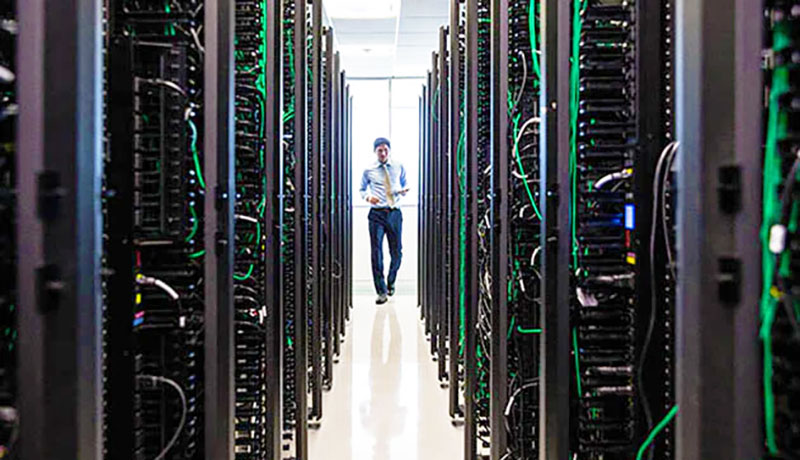
For today’s broadcasters, the choice between deploying services on-premises or in the cloud has become a critical decision. According to Andy Warman, CTO, Video at Imagine Communications, on the surface, it’s a simple choice. To deploy new services on-premises, broadcasters must invest in several physical components — racks, servers, storage, cabling, networking equipment and more — which may take months to commission and install.
With the cloud, however, new services can be deployed in minutes. When a broadcaster requires a particular service, they simply run the specific cloud application that drives that workflow, without the time and expense of maintaining the hardware.
Striking a Balance
“However, digging a little deeper reveals that when it comes to costs and environmental sustainability, the choice isn’t so clear-cut,” Andy said. “Each approach has advantages and disadvantages in different scenarios. Ultimately, broadcasters must find the optimal balance between the two that lowers both their operational costs and carbon footprint in a landscape of changing budgets and cost of operation for on-prem and cloud solutions.”
Andy recalls that the cloud itself is an on-prem system somewhere. It has a physical infrastructure, and the provider is responsible for maintaining it. The cloud is essentially rented infrastructure, and can be rented in different ways. To balance the costs and environmental footprint, broadcasters need to determine the scenarios that will benefit from cloud solutions, and those that are best kept on-premises.
A useful analogy he makes for understanding the distinction is to compare it with taking a taxi versus renting, leasing, or buying a car. He said, “In this analogy, the cloud is like taking a taxi, as it allows broadcasters to use a resource almost spontaneously to meet workflow needs in real time. It is also like a rental car in that it can be hired to use for short periods. Or, like a lease, a broadcaster can make a longer-term commitment and hand the resource back at the end of the term.
“Nevertheless, also similar to car rental and leasing, hidden costs are involved in using the cloud, such as storage consumption and egress charges. When using a resource 24/7/365, these hidden costs make renting more expensive than buying on-prem infrastructure outright.”
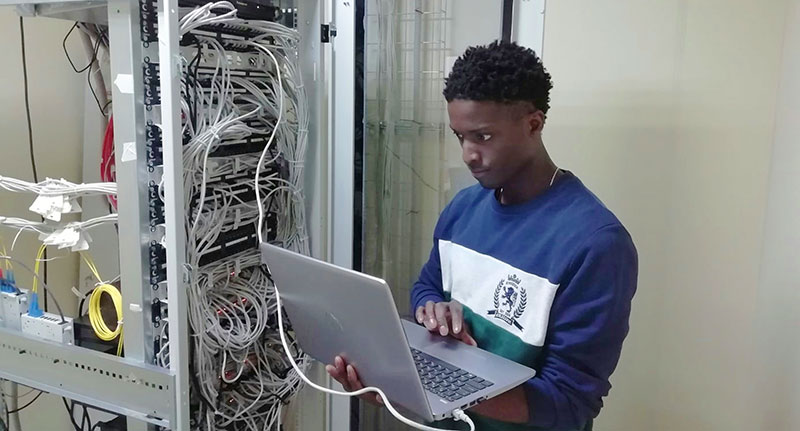
Photo by Sammyayot254 on Unsplash
Measuring the Difference
Gauging the cost and environmental impact of on-prem and cloud systems can be challenging. It is generally easier for on-prem components of a playout system that need to run continuously, such as the control system, monitoring system, 24/7 channels and network equipment. “Cloud solutions – due to their hidden costs – and other playout capabilities like live event, ingest and file-based workflows that are used sporadically, are more elusive,” said Andy.
“Furthermore, broadcasters don’t have full visibility into the environmental impact of using a particular cloud resource, as it’s built on the idea of shared resources. It is also worth pointing out that cloud providers have deep pockets for R&D and investment to build greener datacentres, so their users do not have to make those investments themselves.
“In those terms, the cloud does offer a boost in efficiency. For example, if a broadcaster only needs to handle file transcode and transfers for a few hours a day, the cloud provider has the capacity to make those same resources available to other clients at other times.
“From a sustainability standpoint, this creates an advantage over on-prem resources that are always running, but often sitting idle. Only using a powered-up computer 10% or 20% of the time is highly inefficient, but if it can be shared across other functions the rest of the time, as it could be in the cloud, efficiency is dramatically improved.”
A Few Calculations
Andy notes that the actual process of estimating and measuring power usage and efficiency is often misunderstood. When performing calculations, it’s common to confuse the power supply rating of equipment with its peak draw under maximum load.
“For example, Imagine Communications uses 1,000W, platinum-grade power supplies in our PCs, which are rated at 96% efficiency. But six full-HD ingest channels running with our most demanding codec, with ~90% CPU usage, only draw a little over 40% of the 1000W capacity of the supply. When the PCs run at idle, they draw about 30% of the total capacity, and only use 10% to 15% above idle when six channels are recording or about 2% per channel above idle. In other words, running PCs at idle most of the time is highly inefficient.”

Photo by Carlos Muza on Unsplash
By understanding real-world numbers, based on the actual work a broadcaster has done, users can not only monitor their efficiency, but also make better decisions in terms of sustainability moving forward. Andy gave another example. “If a broadcaster runs 10 channels 24x7 during normal operations, but once a year needs to run 10 more channels for two weeks, is it more sustainable to provision an on-prem system for 20 channels to account for that two-week period of the year?
“The simple answer is no — that would be extremely inefficient and resource intensive, particularly if the hardware for the additional channels is left powered on. Utilizing the cloud for those two weeks would be much more eco-friendly if it can fulfil the workflow requirements.”
Server Life Expectancy
Beyond efficiency, how and when the cloud should be utilized can also be determined by the useful life of equipment. Andy remarked that servers used by cloud providers have a four- to five-year useful life expectancy. He said, “IT departments typically replace their servers and infrastructure every three to five years, although the hardware can last seven to 10 years. Some budget servers may have a lower life expectancy due to short service and support periods. Conversely, higher lifespans are also possible, as some vendors offer longer support contracts than even OEMs.”
For 24/7 operations, part of the calculation when deciding between the cloud and on-prem resources is weighing the cost of building a solution in the facility, against being able to operate it for at least the amortization period, usually five to seven years.
The cloud begins to make particular sense for less-than-24/7 operations, as a resource reserved for occasional-use channels, archive storage or cloud-based transcoding workflows. This method avoids having to purchase PCs that will only be used for a small percentage of the year.
Designing a Cloud Strategy
Andy suggests that for broadcasters, an effective strategy is to focus on their core high-value channels and time-consuming resources, and run those on-prem. Where preferred, they can use the cloud as much as possible for everything else, including as a testbed for new ideas and to quickly launch new services.
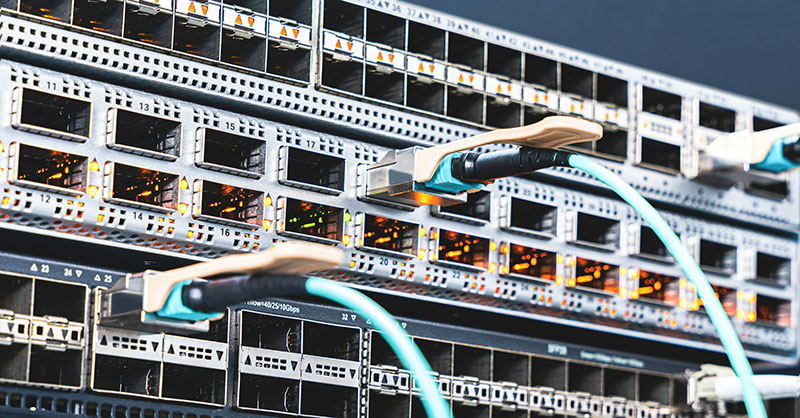
Photo by Lightsaber Collection on Unsplash
“If necessary, these services can be brought on-prem to manage costs, workflow requirements and redundancy considerations,” he said. “The cost of the cloud is also in flux, something broadcasters should watch to see if it becomes more viable for further workflows.
“The balance between on-prem and the cloud will change based on percentage of usage and the kind of workflows and systems needed over time. The flexibility inherent to modern playout can accommodate those changes. In fact, very little dedicated playout hardware is in use, and what does exist — even in traditional SDI environments — can be reconfigured and repurposed using well-proven IP-based technologies based on SMPTE ST 2110.”
Andy finds the sustainability quotient for playout applications is as malleable as it is for operational considerations, and said the PC-based nature of such applications is a key enabler. “Computers and their networks can handle a variety of tasks and be reallocated to new functions as needed down the road in playout and other workflows,” he said. “As requirements evolve, broadcasters’ ability to efficiently use and adapt the roles fulfilled by both on-prem and cloud resources is essential.” imaginecommunications.com




